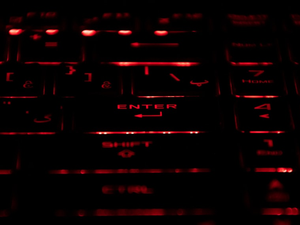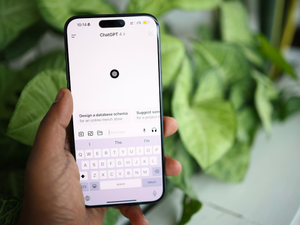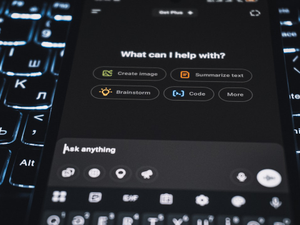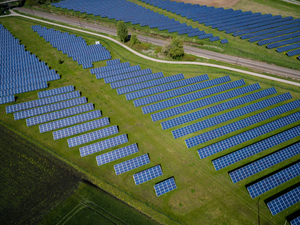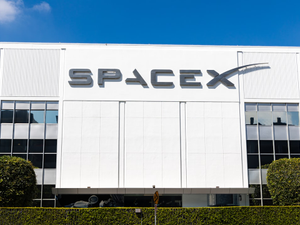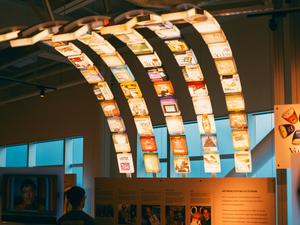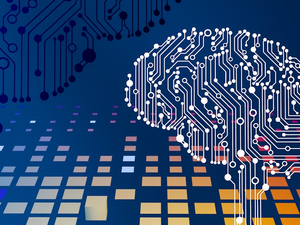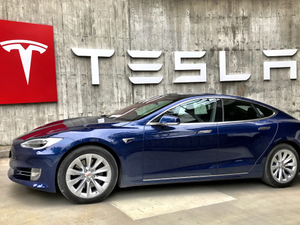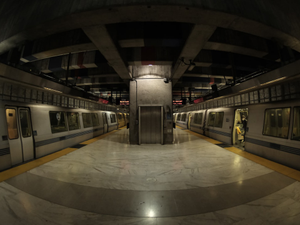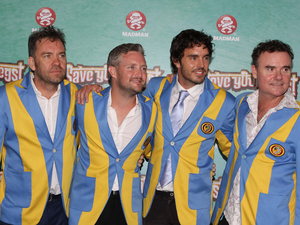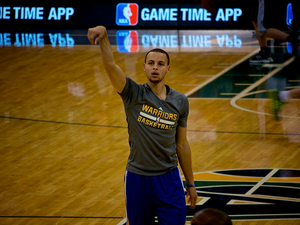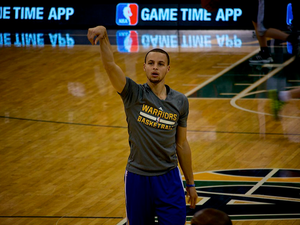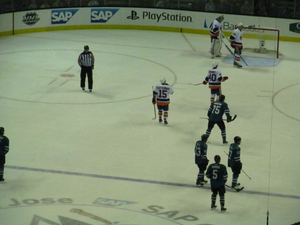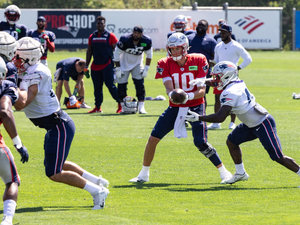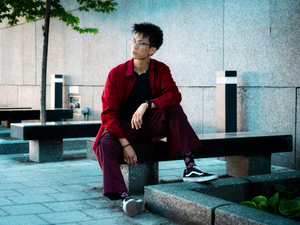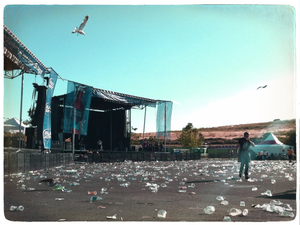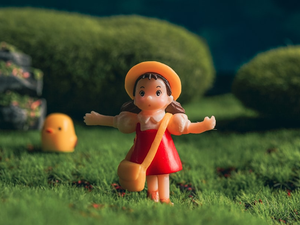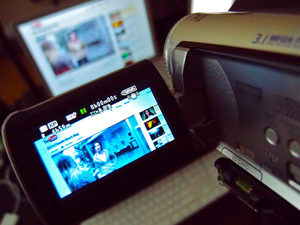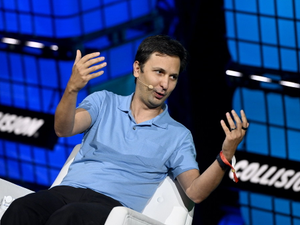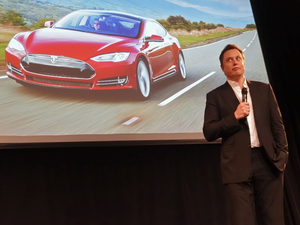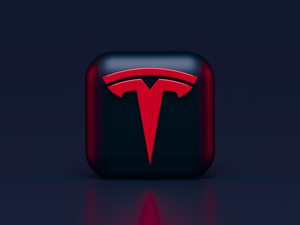AI Video Revolution: How OpenAI's Sora 2 is Changing Content Creation Forever
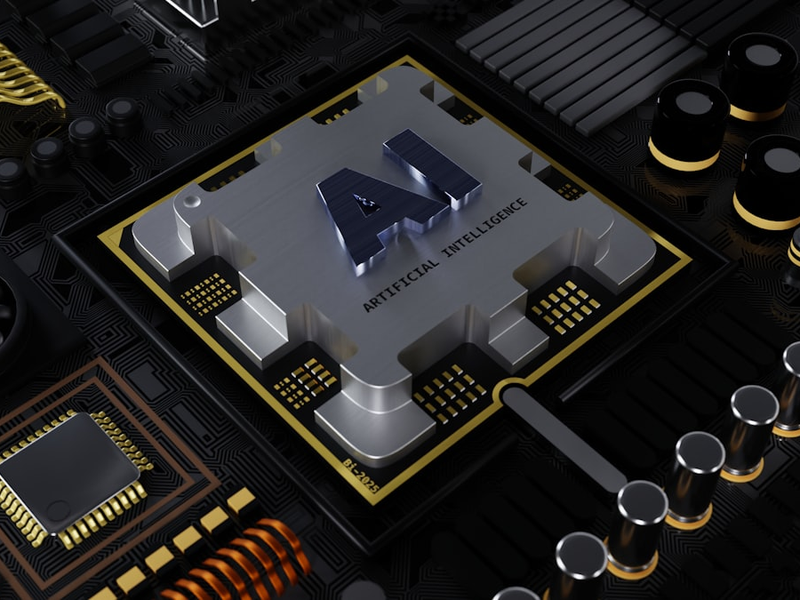
Photo by BoliviaInteligente on Unsplash
Imagine stepping into a video where you’re the star, with AI generating your backdrop and sounds in stunning detail. OpenAI just made that a reality with their groundbreaking Sora 2 video generation model.
The tech giant has unveiled a next-generation AI system that can create incredibly realistic videos with synchronized dialogue and immersive soundscapes. Unlike previous iterations, Sora 2 can now generate complex scenes that maintain physical accuracy and visual consistency across multiple shots.
One of the most exciting features is the new iOS social app that allows users to insert themselves into AI-generated videos through “cameos”. This means you could potentially star in your own fantastical scenarios - from competing in a duck race to wandering through a glowing mushroom garden.
OpenAI’s CEO Sam Altman demonstrated the technology’s capabilities in a photorealistic video showcasing the model’s advanced capabilities. The company claims Sora 2 represents a significant leap forward, comparing it to the breakthrough moment of ChatGPT in text generation.
Perhaps most impressively, Sora 2 has dramatically improved physical simulation. Where previous AI models might awkwardly warp reality to complete a task, Sora 2 maintains realistic physics. For instance, if a basketball player misses a shot, the ball will realistically rebound off the backboard instead of magically teleporting into the hoop.
This breakthrough follows similar advancements from tech giants like Google and Alibaba, who have also been developing AI video models with synchronized audio capabilities. However, OpenAI’s implementation appears to push the boundaries of realism and user interaction.
As AI continues to evolve, tools like Sora 2 are transforming how we create and consume digital content, blurring the lines between reality and artificial generation. The future of personal media creation looks more exciting and accessible than ever before.
AUTHOR: cgp
SOURCE: Ars Technica

